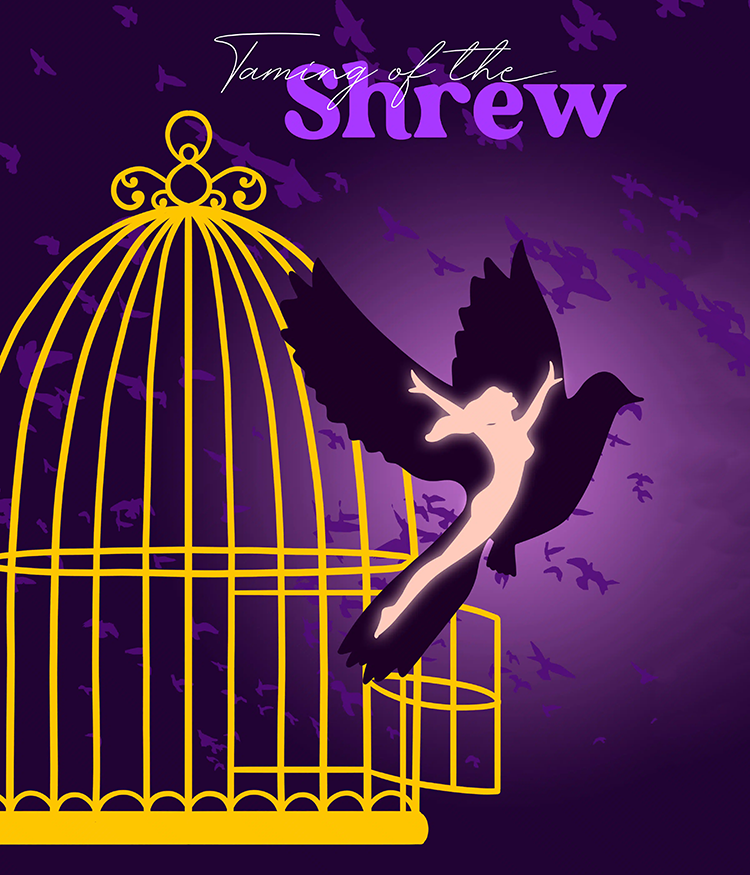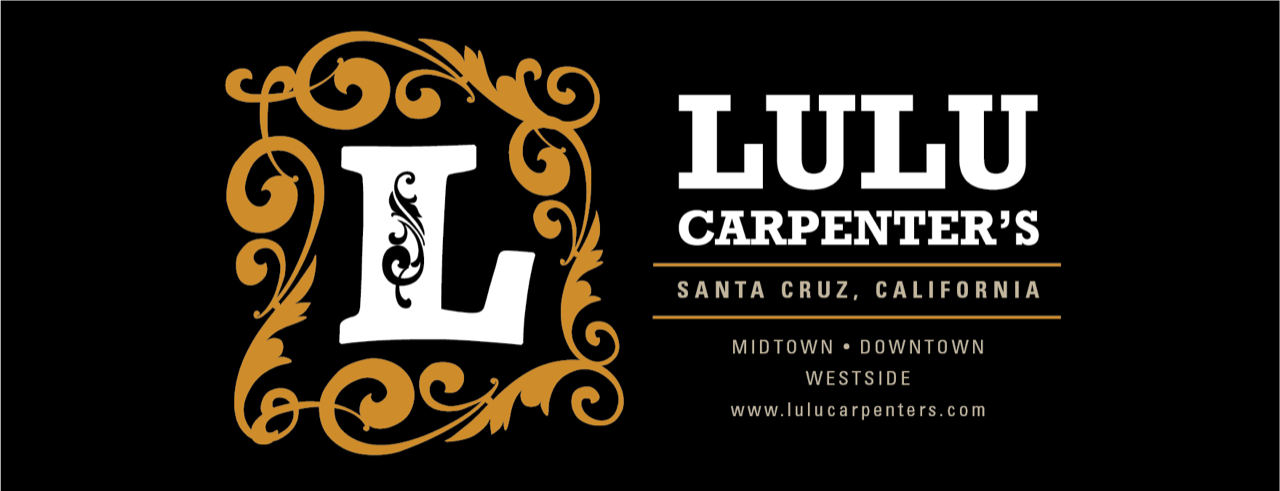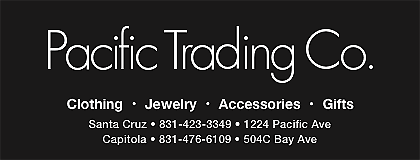
The Taming of the Shrew, by William Shakespeare
Directed by Robynn Rodriguez
One of Shakespeare’s most raucous comedies, in The Taming of the Shrew characters struggle against the roles they have been prescribed by gender, class, or age. While the results of these struggles provide some of the most hilarious moments in the canon, they also leave us with unsettling questions about the human cost of maintaining the status quo. Thorny, funny, and deeply human, Kate and Petruchio are two of Shakespeare’s most fascinating characters. Out of place because of their honesty in a world of deception, can these two broken people find happiness where they least expect it?
Benefactors
Kathy Kenan & Alan Daniel
The Towell Family Fund
Executive Producers
Anne & Leslie Barnes
The Hyatt Family
Baptista, of Padua
Derrick Lee Weeden*
Katherine, his elder daughter
Kelly Rogers*
Bianca, his younger daughter
Yael Jeshion-Nelson
Petruccio, of Verona
M.L. Roberts*
Grumio, his groom
Patty Gallagher*
Curtis, his servant
Cayden McCoy
Hortensio, Petruccio’s friend, a suitor to Bianca
Jeremy Helgeson
Lucentio, of Pisa, a suitor to Bianca
Junior Nyong’o*
Tranio, Lucentio’s servant
Sophia Metcalf*
Biondello, Lucentio’s servant
River Navaille
Gremio, of Padua, a suitor to Bianca
David Kelly*
A Merchant
Annamarie MacLeod
A Tailor
Amy Kim Waschke*
Vincentio, father of Lucentio
Peter Hadres
A Widow
Amy Kim Waschke*
An Officer
Cayden McCoy
A Priest
Annamarie McLeod
Servants to Baptista
Peter Hadras & Cayden McCoy
Director
Robynn Rodriguez++
Scenic Designer
Michael Schweikardt+
Costume Designer
Pamela Rodriguez-Montero
Lighting Designer
Marcella Barbeau+
Sound Designer/Composer
Barry G. Funderburg+
Wigs Designer
Jessica Carter
Properties Master
Thomas Bigley
Stage Manager
Claire Stark*
Head of Dramaturgy
Sean Keilen
Dramaturg
Katie O’Hare
Textual Consultant
Michael Warren
Voice & Dialect Coach
David Morden
Fight Choreographer
Dave Maier
Assistant Stage Manager
Hannah Boner
Assistant Costume Designers
Samantha Urbaez
Directing Intern
Paloma Sierra
Stage Management Intern
Emily Salcido
Dramaturgy Intern
Abbs Lyman
* Denotes member of Actors’ Equity Association, the union of professional actors and stage managers in the United States.
+ + The Director is a member of The Stage Directors and Choreographers Society, a national theatrical labor union.
+ These Designers are represented by United Scenic Artists, Local 829 of the International Alliance of Theatrical Stage Employees.
"All of these lines across my face
Tell you the story of who I am
So many stories of where I've been
And how I got to where I am…”-The Story by Brandi Carlile
For theatre companies that have Shakespeare’s name in the title, producing Shakespeare’s entire canon of plays is something to aspire to. The most popular Shakespeare plays are produced in careful rotation alongside his other plays: his more “obscure” plays, his “young” plays, his “not-so-beloved” plays and YES! his “problem” plays.
The Taming of the Shrew has always infuriated people. If so, then what is the passionate reason to keep producing it? Speaking for myself, an ardent lover of Shakespeare and a rabid feminist, I want to tackle Shrew because it is HARD--like life. The characters of Kate and Petruchio jump off of the page. They are brilliantly alive, brilliantly gifted and brilliantly flawed. While Petruchio gets the lion’s share of Shakespeare’s text, telling us what he is thinking and feeling at all times, Kate’s journey is more enigmatic. Complicated. Her silence speaks volumes.
Kate has been misunderstood and underestimated her entire life. Shakespeare never tells us why. However, when we meet her, we meet a woman at the end of her rope. No longer is she able to express herself with words. Words have failed her. She reacts, she acts out, she RAGES. Petruchio appears and announces, “...I come to wive it wealthily in Padua…” However, once he meets Kate, he never mentions money again.
Ever. Not once.
We reinterpret Shakespeare’s plays because they continue to inform us of who we are. His plays challenge us to confront ourselves. Here in Santa Cruz in 2023, we have chosen to do The Taming of the Shrew, not just because it was written by William Shakespeare, but because even as evolved as we think we are in this “modern” age, the play still speaks to the challenge of what it is to be in relationship to your community, to your partner and to yourself.
Robynn Rodriguez
The Taming of The Shrew was written around 1590, but the play did not appear in print until the 1623 First Folio. An anonymous version of the play was printed in quarto in 1594, entitled A Pleasant Conceited Historie, called the Taming of a Shrew, as well as a lost play that may have served as a source for Shakespeare’s. The relationship of this play to Shakespeare’s is much debated. It may be a memorial reconstruction or an imitation of Shakespeare’s, or Shakespeare may have acted in A Shrew himself and then revised it. The two versions of the play share some similarities, such as Katherina’s shrewishness, and the several suitors wooing her sister. But there are also significant differences, such as the names of characters, Katherina’s final speech, and the Induction framing device (cut from this production), which in A Shrew returns at the end, but in Shakespeare’s play, disappears.
The Taming of The Shrew was probably performed in repertoire with Titus Andronicus (1593), with which it shares some allusions to the classical texts taught in schools, such as works by the Roman poet, Ovid (43 BC – 17/18 AD), as well as scenes that explore humanist education. Bianca shows her skills in Latin, translating an excerpt from Ovid’s Heroides, while Bianca’s suitors are disguised as schoolmasters and court her during these lessons, which consist of repetition and rote learning, exercises central to the early modern grammar school room. Petruchio, on the other hand, takes up another mode of Renaissance education to woo and teach Katherina. Petruchio engages Katherina in his approach to “education”, through a “taming-school”, expressed through animal training metaphors: the art of falconry, and animal husbandry. Katherina is “trained” by undergoing a theatrical process whereby Petruchio guides her to act out and physically experience his lessons in order to learn love.
In Robynn Rodriguez’s uplifting and inspired production of the play, we are witnesses to the journey of two vulnerable people who are searching for direction. Katherina and Petruchio are both outsiders, compelled to escape the rules and restrictions of Padua to retreat into the natural world, where they find authenticity in each other. On their journey, they find that the sun can be the moon, and that the world can be what they want it to be. In Rodriguez’s powerful reimagining of their relationship as the love match of the Italian revolutionaries Giuseppe Garibaldi (1807-1882) and Anita Garibaldi (1821-1849), by the end of the play Katherina and Petruchio are very much on an equal footing, and they have the power to change the world for the better.
Before the play begins
A young gentleman called Lucentio has recently left his father, Vincentio’s house in Pisa. He has traveled to Padua, intending to study philosophy, and is accompanied by his servant, Tranio. Meanwhile, Baptista Minola, a rich citizen of Padua, despairs at the constant fighting between his two daughters, and in particular is concerned about the antisocial behavior of his eldest daughter, Katherina. He seeks tutors for the girls' education. Two suitors, to Bianca, Hortensio and Gremio, are frustrated that she cannot get married until Katherina does.
Katie O'Hare
Check out the list of flowers planted in our Shakespeare Garden. Each flower corresponds with texts from Shakespeare's plays. Special thanks to Lawrence G. Van Velzer & Peggy Gotthold with Foolscap Press.










